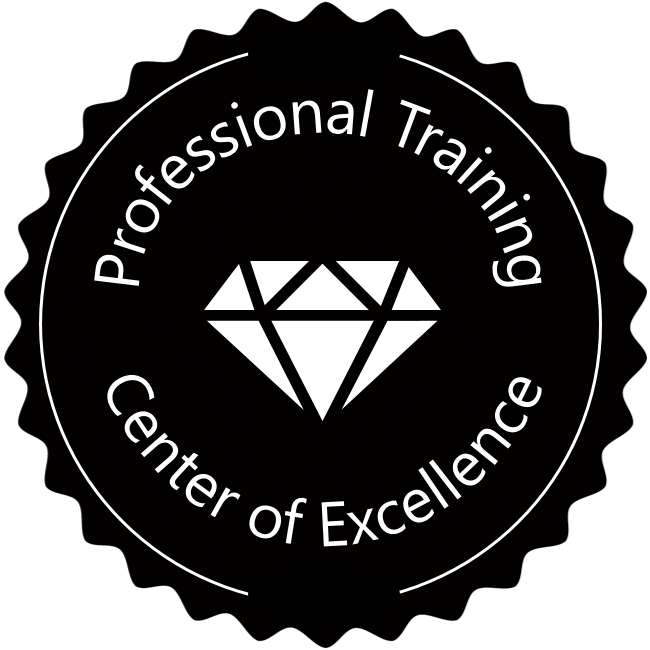01. Roles in a Scrum Project
What is the PSPO certification?
PSPO (Professional Scrum Product Owner) is a certification from Scrum.org, one of the primary organizations for Scrum, founded by one of the co-founders of Scrum.
The PSPO exam is about the core Scrum framework from the Product Owner perspective, plus a few common Agile practices and techniques that are used by Product Owners.
You can take eLearning courses, classroom courses, or self-study to prepare for it. Then you can buy an exam voucher from Scrum.org and take the exam online.
Is this the right program for me?
Almost all questions in the PSM (Professional Scrum Master) exam may appear in the PSPO exam, which covers about 70% of the PSPO questions. In other words, a person who can pass the PSPO exam should be able to pass the PSM exam too. As a result, if you’re not PSM certified, it would be a good idea to start with PSM and then proceed to PSPO, unless you’re on a tight budget.
How can I learn more about PSPO before making my decision?
You can start taking our eLearning course and see if the topic is interesting to you. The first 30% of the course is free.
This PSPO exam preparation course
Our eLearning course on Scrum Product Ownership is fully aligned with the latest version of the PSPO exam and the Scrum Guide.
The course is equivalent to a 2-day classroom course (15 PDUs) and consists of 32 lessons. The lessons are kept short and relatively independent, so that busy professionals can easily take and finish the course with as little time as 15 minutes per day. Regardless, it’s self-paced, and you can decide how quickly or slowly you want to take the course without putting too much pressure on yourself. There are also Integrated Flashcards throughout the course.
Here’s the list of lessons:
- Scrum Basics
- 01. Roles in a Scrum Project
- 02. The Product Vision
- 03. Creating the Product Backlog
- 04. Sprints
- 05. During the Sprint
- 06. Ending the Sprint
- 07. Product Backlog Refinement
- The Agility Concept
- 08. What is Agile?
- 09. Development Processes
- 10. Planning
- 11. Suitability of Agile
- 12. The Agile Manifesto
- 13. The Agile Principles
- 14. Pillars and Values of Scrum
- 15. The 45% Disaster!
- 16. Timeboxing
- 17. Self-Organization and Cross-Functionality
- 18. Project Managers in Agile?
- Product Ownership
- 19. Product Backlog Items
- 20. Rules for Product Backlog Items
- 21. Changes in the Sprint Backlog
- 22. Readyness
- 23. Story Points
- 24. Planning Poker
- 25. What’s value?
- 26. Visualizing
- 27. Agile Practices
- 28. Releases
- 29. Sprint Zero!
- 30. Success
- 31. Scaled Scrum
- 32. Budgeting
We are not affiliated with Scrum.org and this course is not endorsed by them.
Welcome to the first lesson of this course!
Below you can find the video lesson. In case you’d like to change the speed or quality of the video, the settings are on the bottom right corner of the video.
Enjoy!
2020 Update
- There's no "Development Team" in the 2020 update of the Scrum Guide anymore, and there are only Developers, along with the Scrum Master and Product Owner. They've made this change because having a team within the team didn't add much value.
- Before, the recommended size used to be 3 to 9 members in the development team. Now that there's no "development team" anymore, the recommended size is "10 people or less" for the whole Scrum Team.
- The "self-organization" concept is now called "self-managing". It's the same concept, and the reason for the change is that they believe the new name is clearer.
Self Assessment
- Can you explain the Product Owner role in a few sentences?
- Why isn’t it required for the Product Owner to be technical?
- How does the Product Owner affect the value of the product?
- The Product Owner is the main contact point between the team and the external stakeholders. Does it mean that stakeholders should not contact the developers directly?
- Is it alright to have a committee playing the role of Product Owner in a big project?
- What are the main characteristics of the Development Team?
- Who’s the manager in a Scrum Team?
- Are there testers in Scrum?
- What is Scaled Scrum?
Optional Extra Activities
- Check to see what the difference is between "responsibility" and "accountability".
You can continue with the lessons by clicking on the “Next” button above, or you can sign up now, to make sure your progress is saved, and to be able to buy/activate your course:

